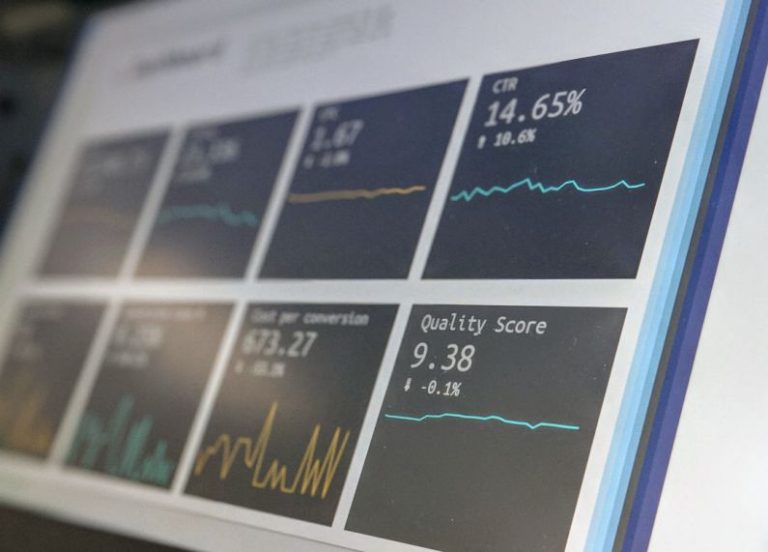Safe Online Shopping: Protecting Your Privacy and Data
In today’s digital age, online shopping has become incredibly convenient and popular. With just a few clicks, you can purchase anything from groceries to furniture and have it delivered to your doorstep. However, as online shopping continues to rise in popularity, so do the risks associated with it. Protecting your privacy and data while shopping online is crucial to ensure a safe and secure experience. In this article, we will explore some essential tips to help you shop online safely and protect your sensitive information.
**Use Secure Websites**
When shopping online, always make sure you are using secure websites. Look for websites that have “https://” at the beginning of the URL, rather than just “http://”. The “s” stands for secure, indicating that the website encrypts your data to protect it from hackers. Additionally, look for a padlock symbol in the address bar, which also signifies a secure connection.
**Create Strong Passwords**
One of the simplest yet most effective ways to protect your privacy and data online is by creating strong passwords. Avoid using easily guessable passwords like “123456” or “password”. Instead, opt for a combination of letters, numbers, and special characters. Make sure to use different passwords for each online account to prevent a security breach that could compromise all your accounts.
**Enable Two-Factor Authentication**
Two-factor authentication adds an extra layer of security to your online accounts by requiring a second form of verification, such as a code sent to your phone or email. This additional step can help prevent unauthorized access to your accounts, even if your password is compromised.
**Beware of Phishing Scams**
Phishing scams are fraudulent attempts to obtain sensitive information, such as usernames, passwords, and credit card details, by disguising as a trustworthy entity. Be cautious of emails or messages asking for personal information or urging you to click on suspicious links. Always verify the legitimacy of the sender before responding or providing any information.
**Use Secure Payment Methods**
When making online purchases, opt for secure payment methods such as credit cards or digital wallets. These methods offer additional protection against fraud, and many credit card companies provide purchase protection and dispute resolution services in case of unauthorized transactions.
**Regularly Monitor Your Accounts**
To ensure the security of your online transactions, regularly monitor your bank and credit card statements for any unauthorized charges. If you notice any suspicious activity, report it to your financial institution immediately to prevent further losses.
**Keep Your Devices Secure**
Maintaining the security of your devices is essential when shopping online. Make sure your computer, smartphone, or tablet has up-to-date antivirus software and security patches installed. Avoid connecting to public Wi-Fi networks when entering sensitive information, as these networks are often targeted by cybercriminals.
**Conclusion: Safeguard Your Online Shopping Experience**
In conclusion, protecting your privacy and data while shopping online is paramount in today’s digital landscape. By following these tips and best practices, you can safeguard your online shopping experience and minimize the risk of falling victim to cyber threats. Remember to stay vigilant, use secure websites, create strong passwords, enable two-factor authentication, beware of phishing scams, use secure payment methods, monitor your accounts regularly, and keep your devices secure. By taking proactive measures to protect your sensitive information, you can shop online with confidence and peace of mind.






